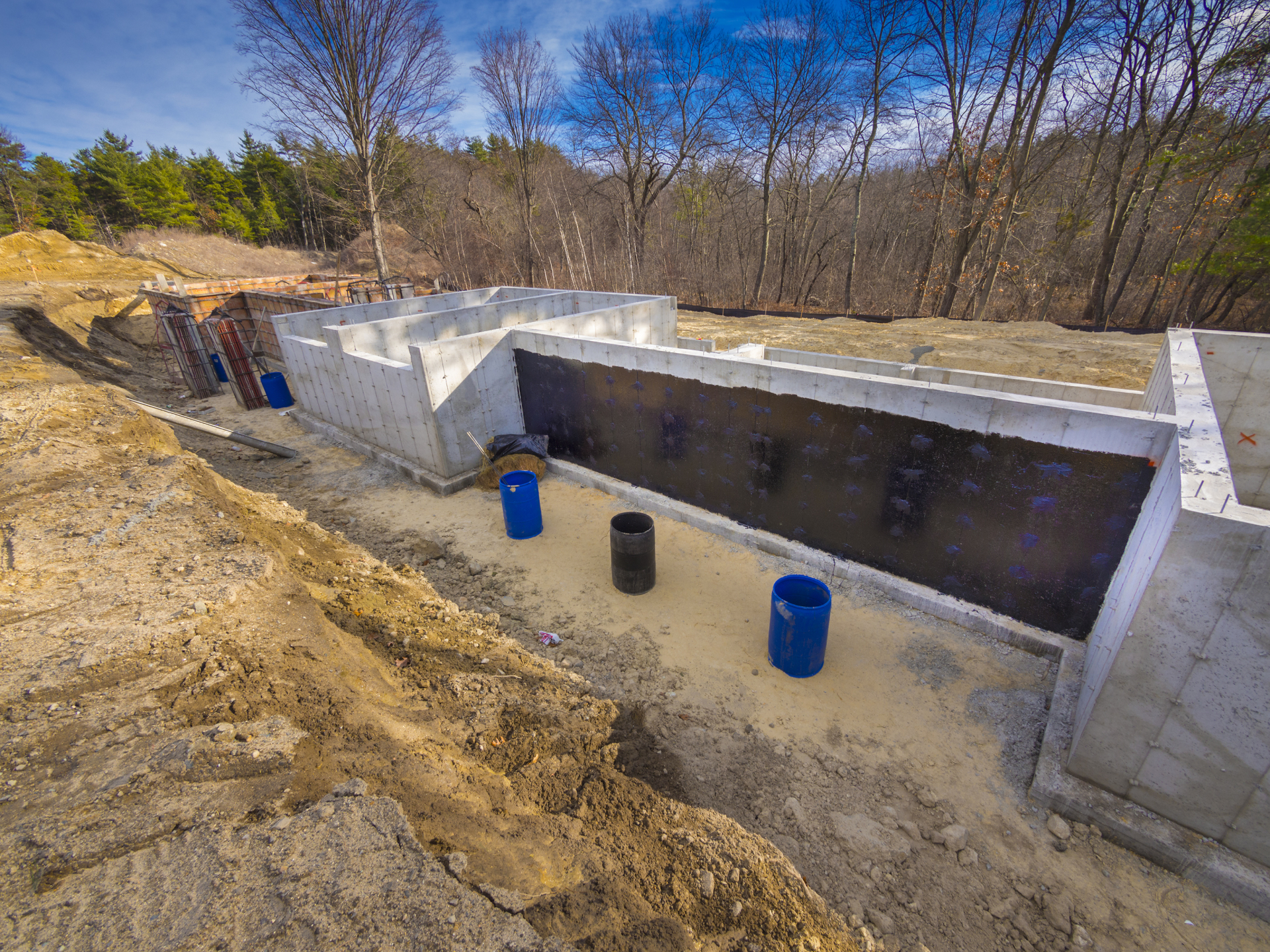Waterproofing solutions is a crucial aspect of maintaining the structure and durability of every house or edifice. Whether you are a householder looking to protect your property from the harmful effects of water or a builder looking to create long-lasting buildings, understanding how to pick the appropriate waterproofing solutions is important. Moisture damage can lead to expensive repairs, mildew , and significant structural issues, turning proper waterproofing a necessity for all property owners.
In this comprehensive guide, we will explore the different facets of waterproofing, from detecting the clues that your building needs waterproofing to grasping the differences between interior and outdoor approaches. We will also delve into the frequently encountered misconceptions surrounding waterproofing, enabling you to make informed decisions. With the correct knowledge and materials, you can shield your home from moisture-related problems and avoid significant sums in subsequent repairs.
Recognizing the Importance of Waterproofing
Moisture-proofing is vital for all residential properties as it defends structures from water damage, which can lead to costly repairs and major loss of property value. Water infiltration does not only pose a risk to the integrity of the building but also to the health of occupants, as dampness can cause fungal growth and fungi growth. By adopting efficient waterproofing measures, property owners can establish a robust defense against the detrimental effects of water.
Neglecting waterproofing can be a financially burdensome mistake. The unseen damage from leaks can lead to huge repair bills that far surpass the upfront expenditure in waterproofing materials and solutions. For instance, untreated moisture issues in crawl spaces can undermine the foundation, resulting in major structural problems. Thus, understanding the imperative nature of waterproofing can preserve you thousands of dollars in the time ahead.
In addition, waterproofing adds to energy savings in buildings. When walls, roofs, and basements are properly waterproofed, they help maintain uniform indoor temperatures, reducing the requirement for unnecessary heating or cooling. This not only lowers power expenses but also improves comfort levels. Furthermore, a well-protected property is more robust in extreme weather conditions, ensuring long-term protection for your investment.
Essential Considerations In Terms Of Selecting Waterproofing Products
As you selecting waterproofing products, the first important consideration is the particular area you need to protect. Various surfaces, such as basements, roofs, and washrooms, have unique requirements. As an example, basement waterproofing often requires solutions that can withstand hydrostatic pressure, while roof waterproofing requires products that withstand UV damage and temperature fluctuations. Identifying the exposure levels and moisture conditions of the area will assist in choosing the most product.
A further important factor is the type of materials used in the waterproofing product. Look for high-quality materials that offer durability and longevity. Such as, membranes and coatings should be flexible enough to accommodate building movement while maintaining a robust barrier against water infiltration. Additionally, consider if you prefer a solvent-based, water-based, or cementitious solution, depending on the desired application and ecological impact.

Lastly, the ease of application is crucial. Some waterproofing products are designed for DIY use, while others may need professional installation. Consider https://aluneed.ca/ and if you have the tools needed for the job. It’s also wise to assess the manufacturer’s instructions and recommendations regarding application conditions, such as temperature and humidity, to ensure best performance.
Common Water-Resistance Methods and Strategies
Regarding safeguarding your property from liquid damage, there are various efficient waterproofing methods to explore. One widely-used method is the use of waterproof membranes, which create a barrier that prevents water from penetrating surfaces such as cellars, walls, and tops. These membranes can be made from different materials, including elastomer, asphalt, or polyvinyl chloride, and are appropriate for both interior and exterior applications. Correct installation is crucial to ensure that these membranes function effectively, thus safeguarding your property from drips and penetration.
A different effective technique is the use of sealants and protective layers. These products are applied directly to surfaces and act as a protective layer against moisture. For instance, waterproofing coatings can be used to walls and roofs to prevent mold and mildew growth development, particularly in bathrooms and kitchens. Also, elastomeric coatings are superb for horizontal roofs, providing flexibility and strength to withstand extreme weather conditions while preventing liquid out. Choosing the suitable sealant for each specific area of your house is vital to ensure long-lasting use and maximized protection.
For outdoor structures, think about putting in drainage solutions and gutters to redirect moisture away from your property. French drains, submersible pumps, and gutter drains can efficiently reduce the risk of liquid accumulation around foundations and basements. Combined with proper grading of the terrain, these drainage system minimize the likelihood of water intrusion. Applying a holistic approach with these techniques ensures sustained protection against liquid damage, ultimately safeguarding you from expensive repairs in the future.
